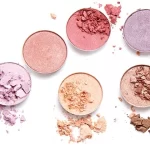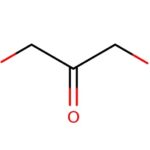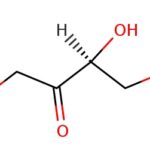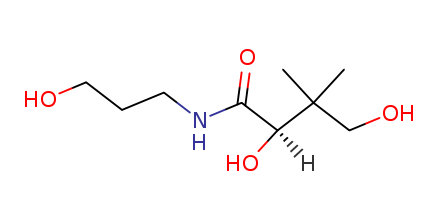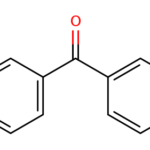1. Introduction: What is benzophenone-6?
Benzophenone-6 is a highly effective photo-reactive dyes that can be used for a variety of applications in organic chemistry. It was first synthesized in 1955, but has not been used in organic chemistry since. It is also a common chemical that belongs to the benzophenone group of compounds. This compound is commonly used as an ultraviolet (UV) absorber and is therefore often added to many everyday products to protect them from the damaging effects of UV radiation.
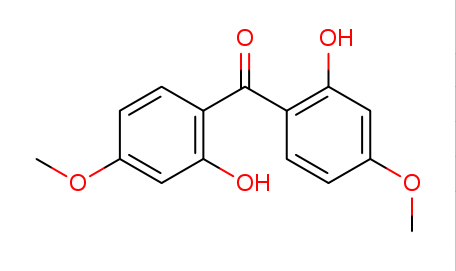
In the last 5 years, the chemical industry has been embracing an upsurge in interest towards benzophenone-6 as a highly versatile, non-toxic and environmentally friendly compound that can be used to produce novel pharmaceuticals and polymers (e.g., epidermal growth factor, keratin…). It has many potential applications in biology, biotechnology and biomedicine (i.e., medicine). We had already studied its potential use for the development of anti-viral drugs at BioSciences International (a funder of this blog), but we never thought it could be so widely adopted as a drug discovery tool.
2. Application on Food Packaging
This is the fourth in a series of five articles on application 3: food packaging. I’m going to describe how benzophenone-6 can be used as a food colorants, how it can be used to protect foods from oxidation, and how it can be used as a non-toxic and cost effective source of UV stabilizers (UV stabilizers which are essential for all modern manufactured products).
I will also discuss some of the key biocidal properties of benzophenone-6.

3. Application on UV Curing
Benzophenone-6 is one of the most widely used UV curing agents used in the chemical and food industries. It is also a common ingredient in a wide variety of personal care products, including lotions, sunscreens, and cosmetics.
For this application, I would like to present the following:
What does benzophenone-6 do? The simplest way to describe it is that it helps UV light penetrate deep into the skin. Of course that’s not all it does — benzophenone-6 has more than 50 other applications in cosmetic and pharmaceutical industries.
But what does benzophenone-6 do for you? Let’s take a closer look at how your skin interacts with UV light and what products can be used to help protect your skin against both the sun’s harmful rays and those from everyday sources such as pollution, dust and pollution:
The first few minutes after exposure are critical when it comes to protecting your skin from sun damage. The best way for you to prevent premature aging from UV radiation is by using a broad spectrum SPF sunscreen which protects against both UVA (the component responsible for aging) as well as UVB (which is responsible for burning). Benzophenone-6 can act as an effective UV absorber when combined with other photochromic substances like titanium dioxide or zinc oxide (and possibly other chromophores). In fact, if you combine certain photochromic substances with benzophenone-6 they will become active at the same time! These photosensitive materials are also very useful when treating acne because they cause skin cells to reabsorb pigment (which creates black spots) rather than inhibiting melanin synthesis.

4. Application on Sunscreens
Benzophenone-6 is highly valued by sunscreen manufacturers for its UV-absorption properties. When incorporated into sunscreen formulations, it acts as a protective barrier against harmful UV radiation. By absorbing UV rays, it prevents them from penetrating the skin’s surface, reducing the risk of sunburn and potential skin damage.

Furthermore, Benzophenone-6’s photostability is noteworthy. This means it can endure prolonged exposure to sunlight without losing its effectiveness, ensuring the sunscreen provides reliable protection throughout outdoor activities.
5. Conclusion
As of this writing, benzophenone-6 is the only commercially available benzophenone in the world (although there are other compounds like it). It is also one of the most important compounds in the field of organic chemistry, and is a stabilizer for organic compounds.
It can be used as a base for many drugs, and its two main applications are sunscreen and pigments.
Although many people think that it’s a simple compound that can be synthesized from benzophenone, it has been described as a “radar gun” for the biological sciences. It has long been known that benzophenones can bind to sugar molecules and form complexes with them. This phenomenon allows certain drugs to interact with cells more efficiently.
The most well-known example is thalidomide, which was effective even in low doses. Benzophenone-6 was first synthesized by Joffre Martinet in 1891 . He used the presence of benzopyranohalides on the surface of gold to make this synthesis possible. In 1963 , Heinrich Kandel realized that he could make benzophenones by using copper(I) chloride instead of gold.
Benzophenone-6 has a number of distinct advantages over other chemical stabilizers: it is very stable at room temperature (the maximum concentration is around 15% vol.),

it does not cause photobleaching when heated above 80 °C , and it does not require UV light to react with photosystem II .
Unfortunately, because it only reacts slowly with water or strongly acidic solutions, its use is limited to dry solutions. The main drawbacks are: it must be added into small amounts at high concentration (0.1%, 30%, 1%, 10%) and it cannot be further modified without losing its activity . A slow reaction would make it difficult to use in industrial settings because of contamination problems (e.g., longer reaction times).
But despite these disadvantages, benzophenone-6 has found a wide range of applications: as an additive into paints; as an additive into food preservatives; as an ingredient for industrial applications such as thermal protection film coating; as an additive for cosmetics; as a catalyst for oil extraction; and more recently even as a catalyst for methane production.
Related Products






